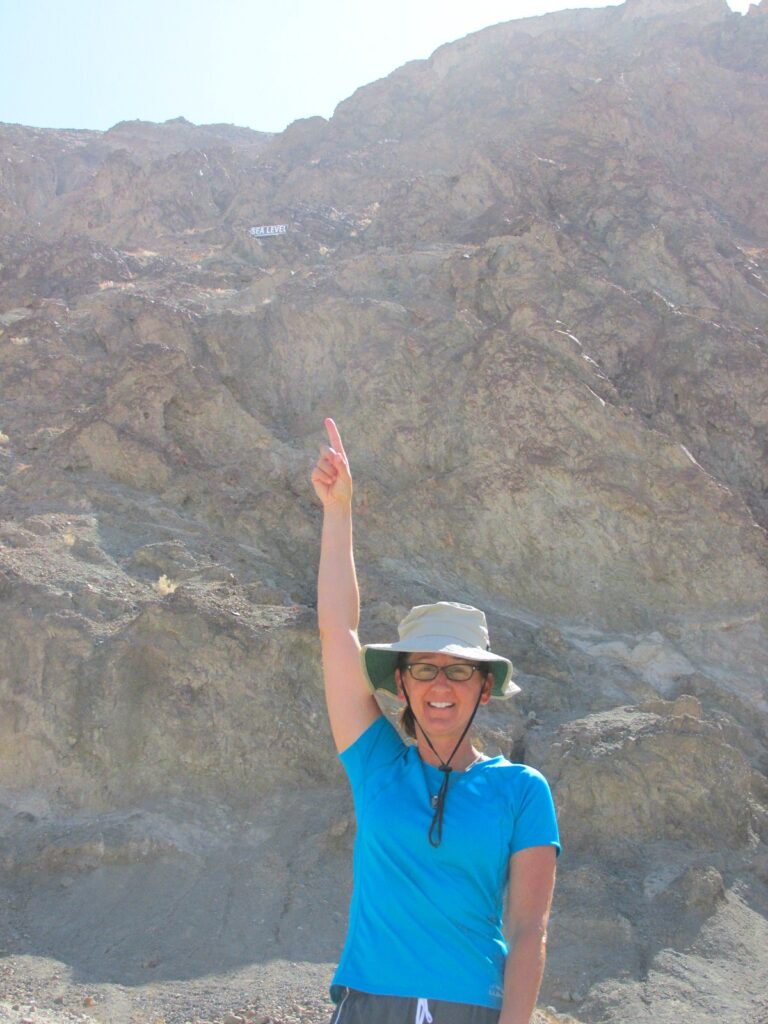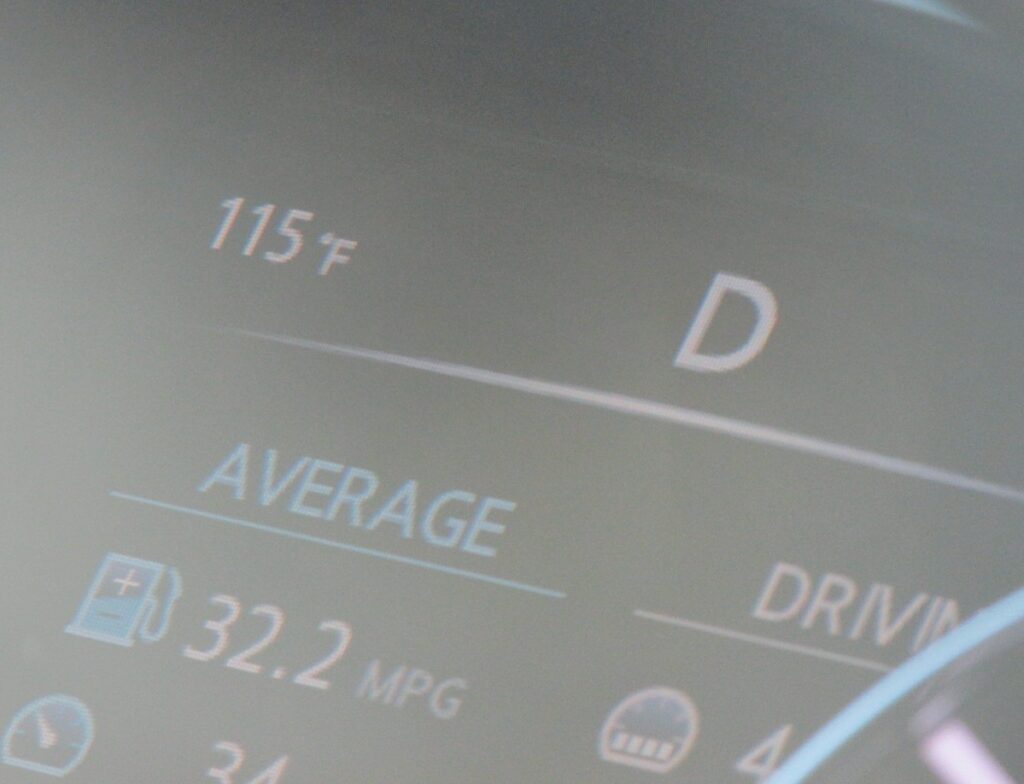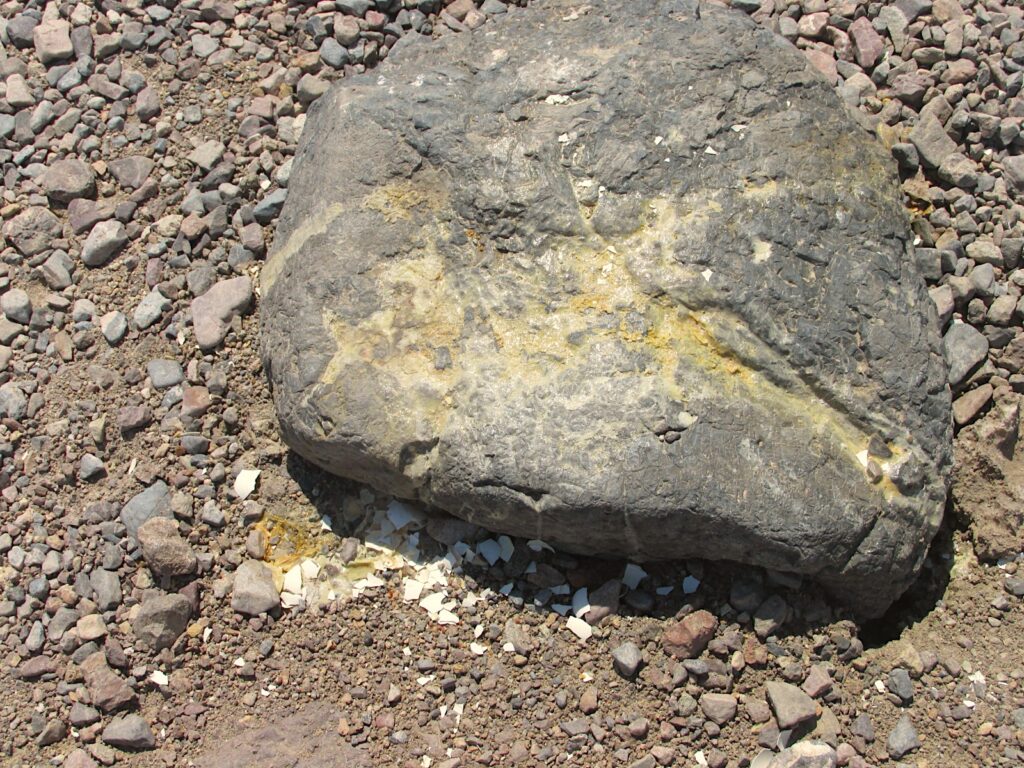the Sierra Nevada
California
September 2016
After exploring the Lone Pine area, Lisa and I take the opportunity to visit Death Valley, the largest national park in the country, not including what they have in Alaska. We figure that a day should be plenty enough time to enjoy all 5270 square miles. How big is that? Bigger than Delaware and Rhode Island combined, and throw in the District of Columbia too. Yep, one day should do it.
We start at Badwater. Here’s how Lisa figures it; We plan to get to the highest point so why wouldn’t we go to the lowest point too. When you are standing on the salt floor of Badwater (among the cars and tour buses and hundreds of visitors) you can look high up the stone wall of the mountain behind you to the east and see a sign on the side of the mountain.

You are looking up to sea level, 282 feet from the bottom of the country. Yah, Badwater is the lowest point in the continental United States.
Did I mention the heat? We know that one thing mountain climbers must contend with is cold, snowy, freezing conditions. This place is the other way around. With names in Death Valley National Park like Dry Bone Canyon, Hells Gate, Desolation Canyon, Lost Lake, Funeral Peak, Coffin Peak, Furnace Creek and Dantes View, you may begin to pick up on the hints. Yeah.

In fact, it is hot enough to be a living cliche…

Notice the egg residue on the rock and the nearby eggshells.
It was 100° at 9:55 this morning. Not unusual around these parts.
We drive a bit and walk a bit. Deserts of course, are more than sand and Death Valley, a very large desert, has salt dunes, springs, high mountains with an array of flora, snow and colors and textures that a city dweller may never see. Snake, nine species of bat, fox, 50 species of tarantula, bobcat, lizards, bighorn sheep and, yes, mountain lion. Hundreds more species inhabit Death Valley.
Must have been the heat that kept our sightings so infrequent. No, it was not the heat. The temperature is regularly 100° or more and those who live here have lived here for a long time and this is the environment they live in. They know how to do it.
Tourists don’t know how to do it, many of them making mention of the heat, as if it’s a bad thing. This is not their accustomed environment, no.
